Ericsson is helping the AA increase the connectivity of its roadside van fleet by more than threefold.
Since implementing Ericsson's in-vehicle router, it says its roadside patrols have been able to resolve breakdowns faster and attend more vehicles, resulting in an increase in both employee and customer satisfaction survey scores.
Roadside recovery patrols are often called out to remote areas facing difficult terrains and limited connectivity, causing frustrations for both the patrol and customer.
The existing solution operated on a SIM-only basis that used 3G and 4G networks. This excluded patrols from using faster, more reliable 5G connectivity to assess breakdown data and rescue more customers.
Satisfied with the results of a successful trial of Ericsson’s R1900 router in 350 vans, the AA has rolled out a nationwide upgrade to its 2,700 patrol vehicles.
The new solution involves a combination of a primary SIM and a backup SIM that can tap into wider frequencies on any spectrum of coverage.
This means they are achieving 98.5% connectivity – split across both 5G and 4G networks, 60% and 40% respectively – the equivalent of improving connectivity by one bar.
Antony Hausdoerfer, group chief information officer at the AA, said: “Our patrols use every inch of their vans to deliver world class customer service, and ensuring fast and secure connectivity is just as important as the spark plugs they carry.
“The rollout of the Ericsson router has seen considerable improvements in both customer satisfaction scores and positive patrol feedback.”
He added: “By upgrading the tools our patrols use, they can rescue our customers faster than before and help them keep their show on the road.”
The AA has also integrated Ericsson’s NetCloud Manager platform as a key differentiator for managing the numerous Wireless WANs.
The increased connectivity has ensured patrols have real-time access to data analytics to faster identify their next call-out location, query information – such as where a specific car part may be located nearby – and, ultimately, improve emergency response and repair times on each job.
At the end of the summer, where peak demand is experienced, data revealed that every patrol experienced a minimum increase of 10% in connectivity.
Paul McHugh, area director at Ericsson UK, said: “The unpredictable nature of emergency response means speed and attention to detail is critical to satisfying customers and technicians alike.
“Strong, if not exceptional, coverage country-wide needs to be guaranteed for mobile devices, which helps engineers provide the desired quality of service.
“The AA exemplifies the positive outcomes that can be achieved for all parties involved by extending the core toolbox and tapping into next-generation connectivity.”



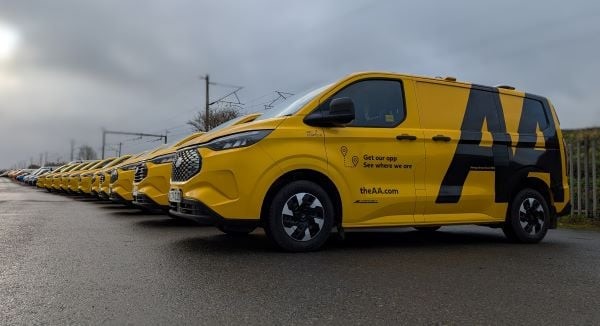
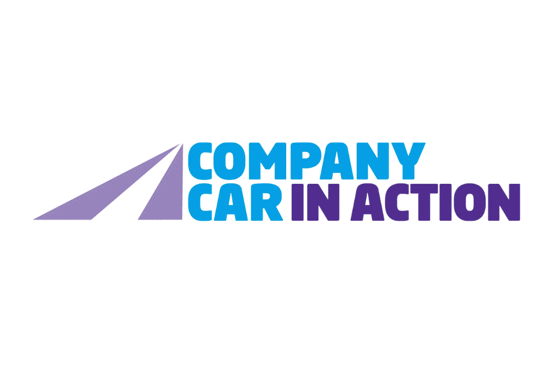



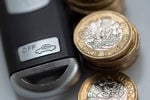

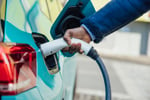





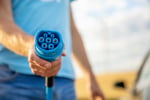

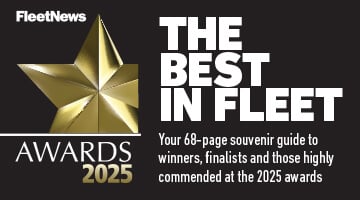

Login to comment
Comments
No comments have been made yet.